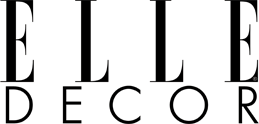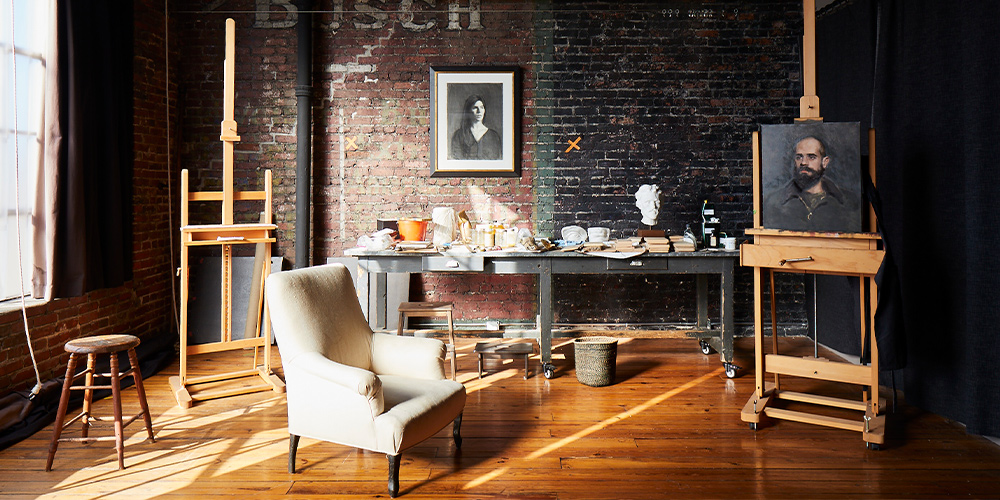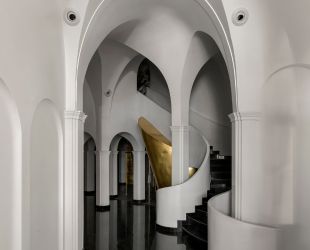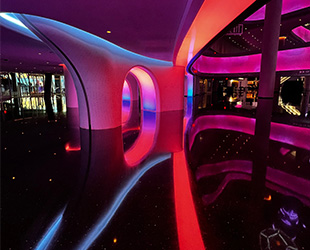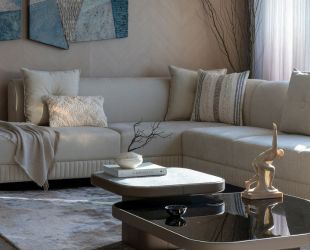Homes
Heirlooms and history: Paul Bates remodels a century-old warehouse into an artist’s loft in Alabama, USA
JAN 19, 2024 | By Pratishtha Rana
Paintings and sculptures. Some standing poised in its fulfilled state. While some still a meticulous work in progress. An artist’s studio cradles a multitude of emotions, impulses and purpose that intentionally or otherwise easily become the backbone of the space. Such is the inspiring reality of William Rushton’s cosy yet free-spirited loft in Alabama, USA, a young American artist trained in Italy. “The most important element of the design for William was for the space to not be designed,” reveals Paul Bates, the architect who stitched the space with a sense of familiar unfamiliarity.
Sprawling just about 1,650 sq ft, the loft’s interiors are an intriguing exercise in remodelling a century-old furniture warehouse built back in 1918 and later transformed into condominiums in the 80s. “On our first visit, the space seemed small and crowded, it was void of any view to the exterior. I knew we had to completely erase the original canvas,” tells Paul.
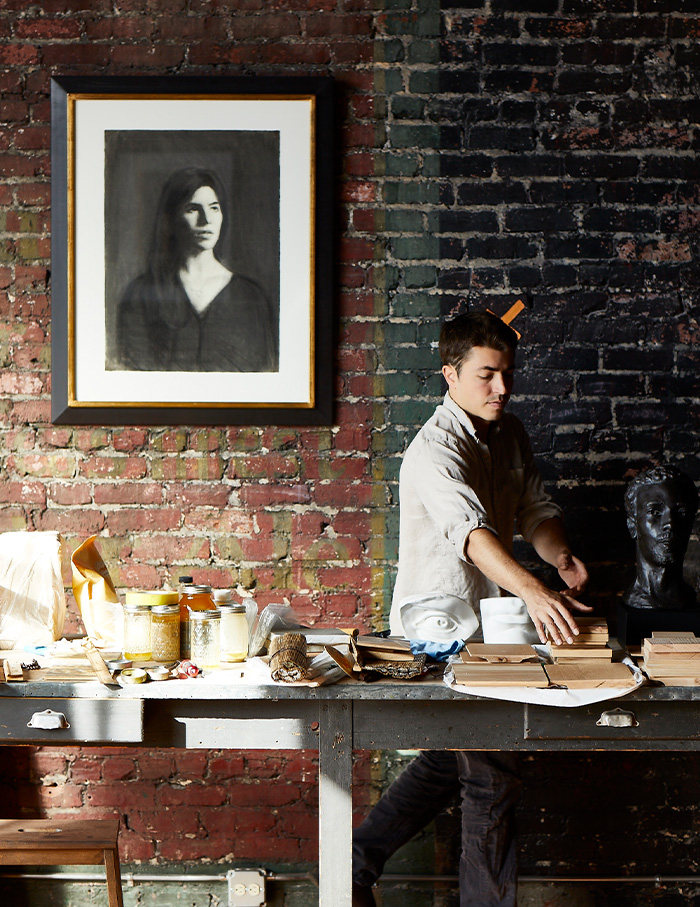

With intuition and decisions taking centrestage, the loft was layered with its original materials, from the wide pine plank flooring to the exposed brick walls with their ghost signs and metal joists from the original ceiling! As Paul indicates, a conspicuous juxtaposition is right in front of the sight between the rough touches of the past and the new design interventions. The loft transitions into a beautifully arranged raw canvas for William, where he exists with the art, uninhibitedly.
The brick walls on each side of the loft were originally exterior walls to two different buildings. “On these exterior walls were painted billboards/advertisements for other businesses. Eventually the walls became interior walls for William’s Studio,” add the architect.


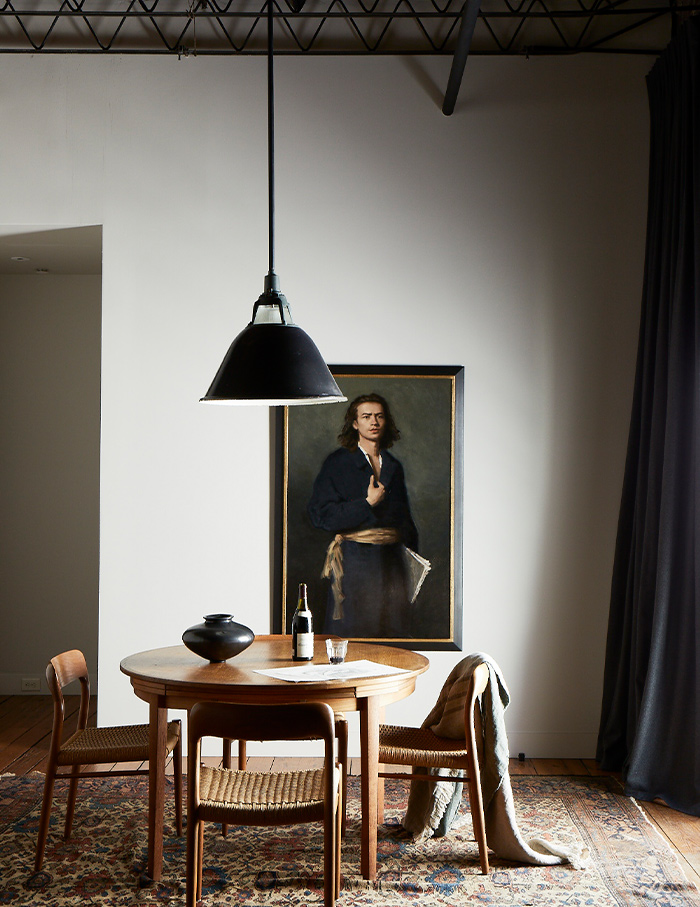
Colours are bare, earthy, almost perceptive. Following a neutral palette, it lends the pedestal of attention to the artworks and sculptures by the artist instead of the colours itself. “We took this loft back to its basic raw beginning. We exposed the truth. We removed the existing plaster ceiling, exposed the steel beams and wooden planks at the ceiling. The naked brick already existed, and we left it as it was, telling the story of its journey,” divulges Paul.
Sauntering inside, one finds a small, moody vestibule, which opens into a living room and a daylight-brimming dining area. A kitchen and a lounge rest alongside, too. Going further in, a central mass envelopes the bedroom sitting in the nexus of the loft, “carved out square opening that frames the view of the living room/Studio and Red Mountain beyond.”
As Paul sums up, the biggest experiment was keeping the space as raw as possible, not to over-embellish the design or make it look “designed”, which as an architect can be a challenge oftentimes.
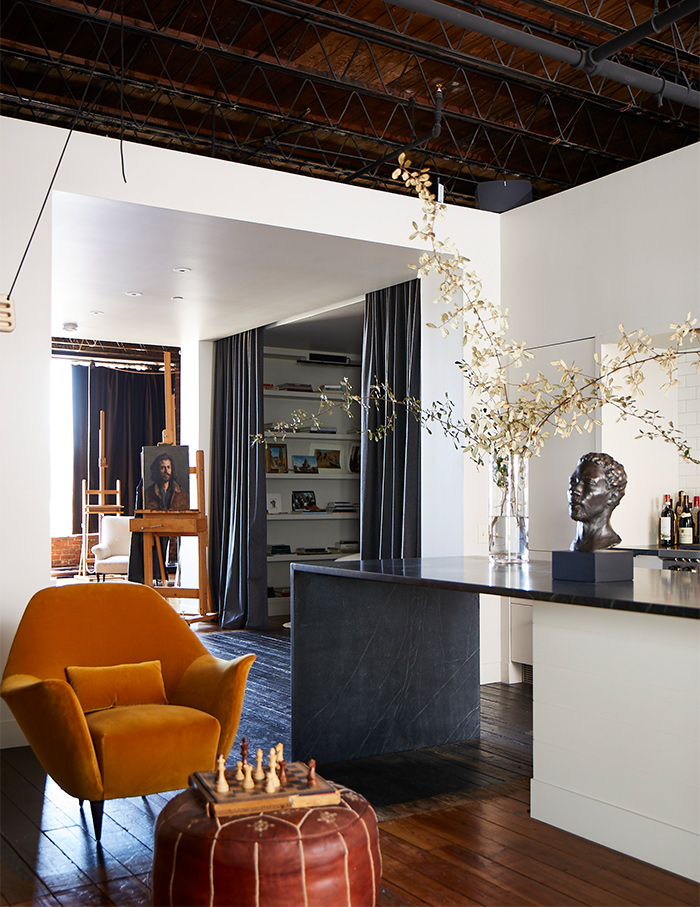

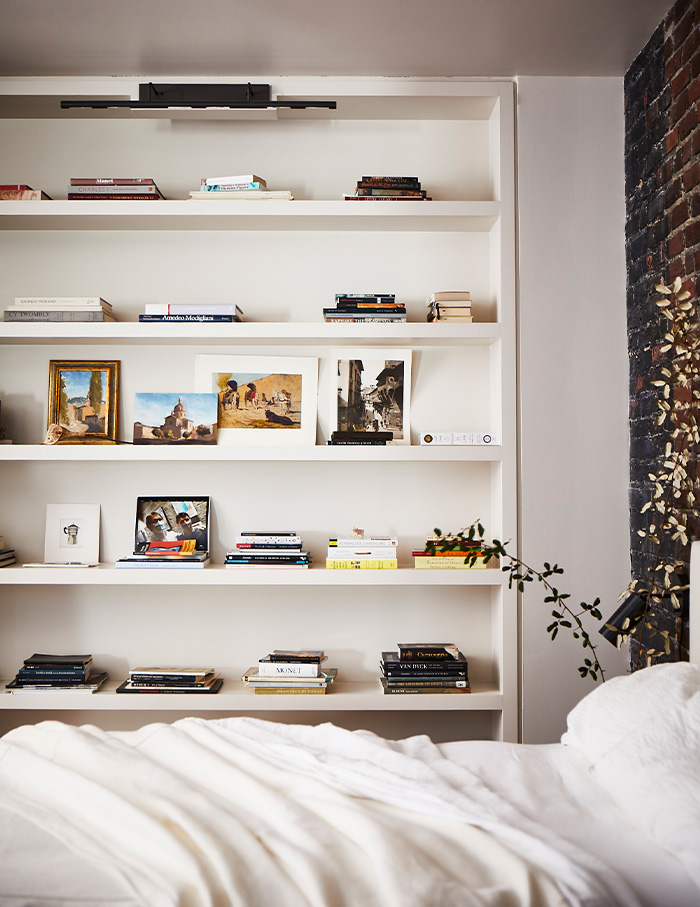
Also read: 10 must-visit museums in India to add to your art and culture itinerary
